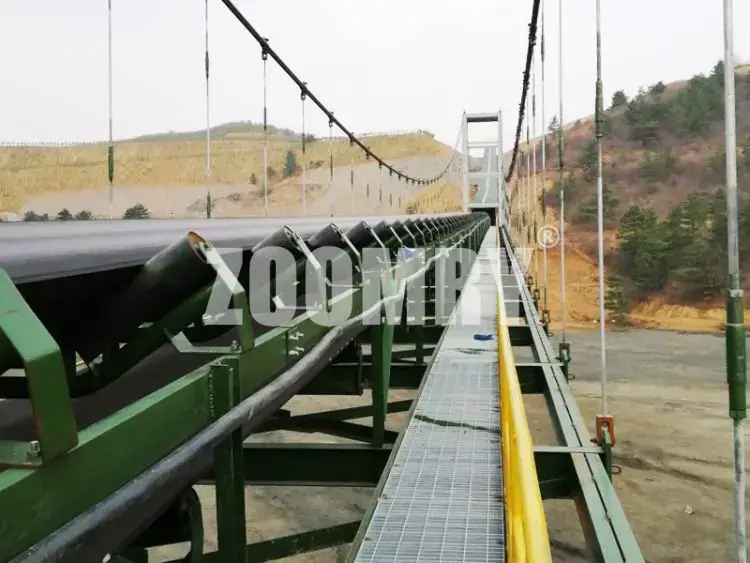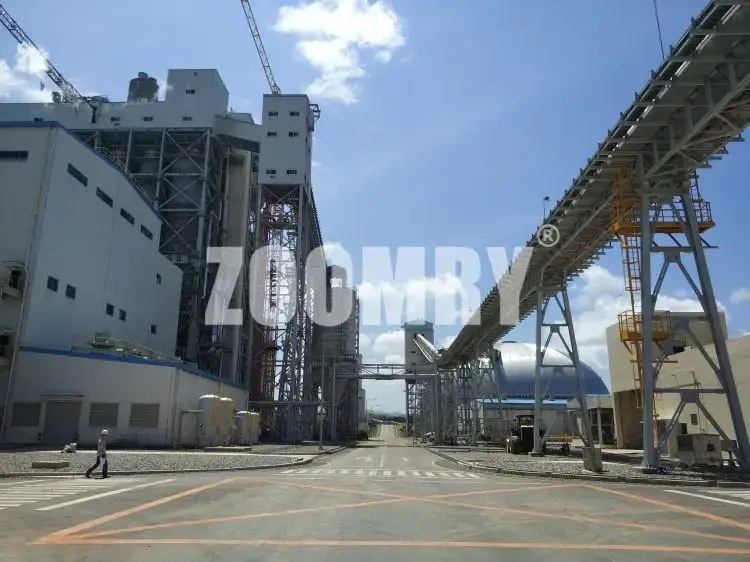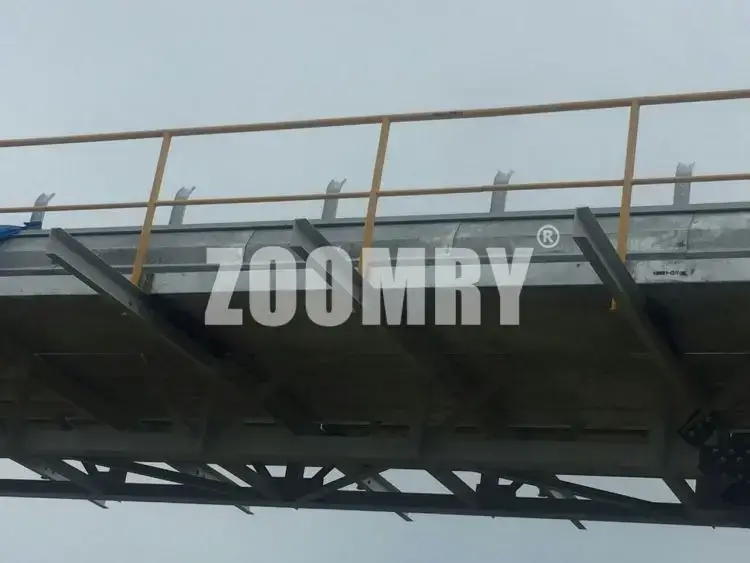Time:2025-05-06 11:30:06 Number of Clicks:
As the core equipment for underground coal transportation, the installation quality of belt conveyors directly impacts mine production efficiency and operational safety. From the foundation positioning of drive units to the reliability verification of protective facilities, the precision in each installation phase determines whether the equipment can operate stably under high-load, high-frequency conditions. Particularly in environments with undulating roadways and complex geological conditions, millimeter-level errors during installation may lead to cascading issues such as belt misalignment and abnormal wear on drive shafts. A scientifically standardized construction process is fundamental to ensuring long-term system performance.

The installation axis of the drive unit must be determined based on the roadway centerline, with a permissible lateral deviation not exceeding ±30mm. When pouring concrete foundations, the base must penetrate through loose debris layers to reach stable bedrock, with a minimum depth of 800mm. Laser levels must be used to calibrate foundation flatness, ensuring longitudinal inclination is controlled within 1.5‰. The coaxiality error between the reducer and motor drive shaft must not exceed 0.08mm.
H-frame supports must use 200mm×200mm concrete bases embedded into the floor to a depth of ≥100mm. Installation must align with the conveyor head centerline, with infrared guidance systems establishing the belt trajectory. Cumulative deviation in straight sections must not exceed 20mm per 50m. In uneven floor areas, adjustable supports must compensate for height differences within a ±15cm range.

Belt conveyor transmission components must be enclosed with perforated steel guards (aperture ≤10mm), secured with bolts spaced ≤300mm apart. Crossing points require anti-slip grating platforms with 3mm diamond-pattern steel plating and guardrails ≥1.2m high, featuring impact resistance ≥8kJ.

Three-segment coding rules shall be adopted: First position letter indicates equipment type (D-drive unit/H-support frame), middle digits represent roadway number, last digits indicate serial number. For example "H-203-045" represents support frame No.45 in roadway 203. Coding labels shall use corrosion-resistant metal plates, riveted on non-working surfaces of equipment.
Pedestrian crossings must be ≥0.8m wide with diamond-pattern anti-slip steel plates extending 0.5m beyond conveyor frames. Emergency lighting (≥50lux) must be installed every 30m. Inclined roadway sections require fall-protection railings with vertical posts spaced ≤1m apart.
Inventory must cover 15% of total equipment, prioritizing rollers, seals, and sensors. Storage areas must maintain dry ventilation, with rubber components stored elevated and segregated from lubricants. Dynamic inventory tracking must enforce first-in-first-out management.
Post-pouring foundations require moisture-retaining films for ≥7 days, with heated curing below 5℃. Rebound hammer tests must verify strength - C30 concrete requires ≥35MPa rebound values.
Unloaded operation requires 1.5%-2% sag, adjusted to 1%-1.5% under load. Tension meter readings must maintain ±0.3kN tolerance.
Strict adherence to these specifications reduces belt conveyor failures by over 40%, extending service life by 2-3 years. Precision foundation work eliminates 80% of misalignment issues, while standardized maintenance cuts troubleshooting time by 60%. Ultimately, these measures enhance transport system efficiency by 25%, delivering reliable support for high-yield mining operations. For inquiries regarding underground belt conveyor installation standards, contact us: +86 131-6401-6717 | [email protected]
Copyright © 2002-2024 Zoomry Group Company Limited